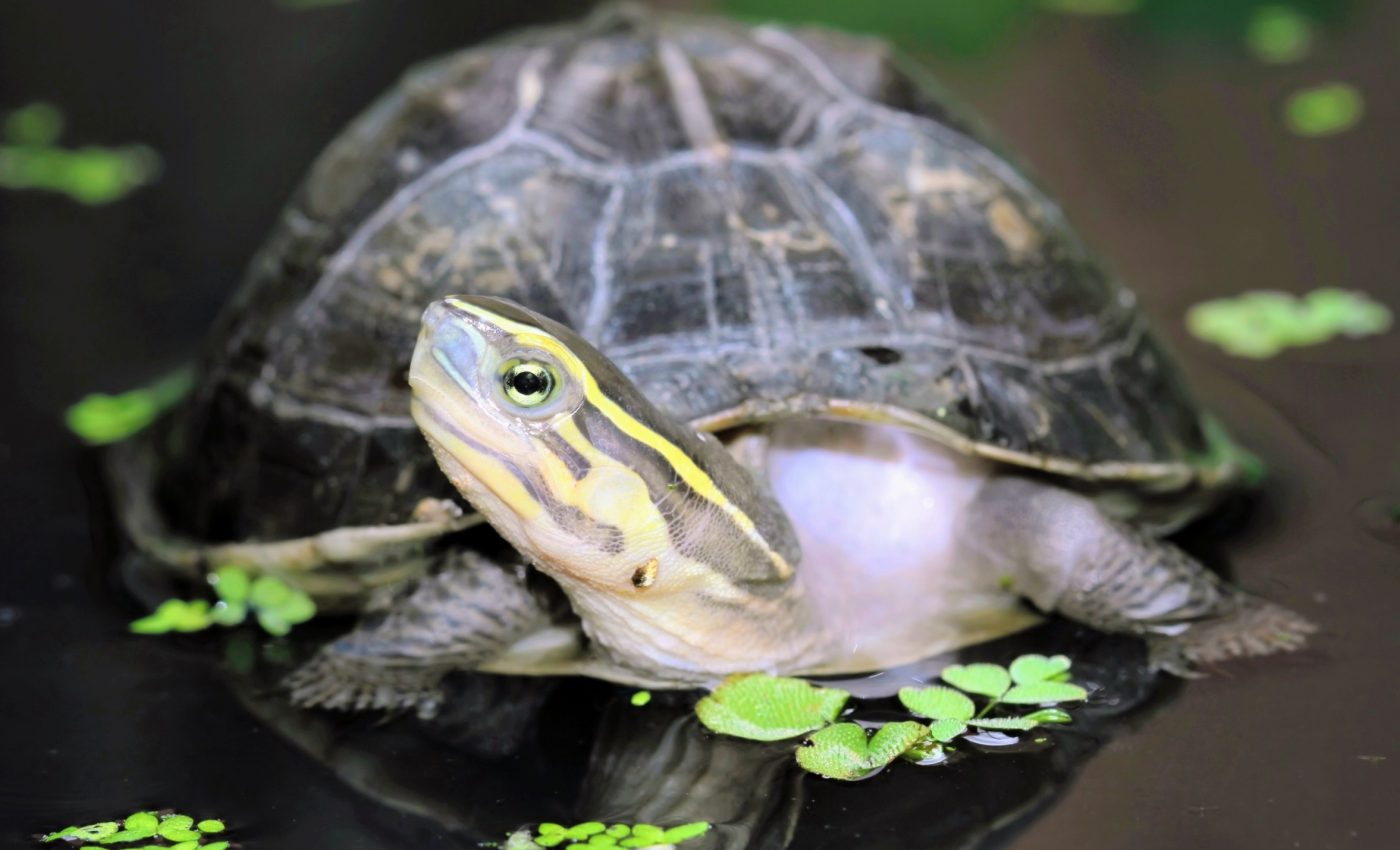
Animals repeatedly used the same genetic trick to move from water to land
In a new study, scientists compared genomes from 154 animal species and found that land animals share genetic tricks for surviving outside water.
The project, which involved teams in the United Kingdom and Spain, covered almost every major branch of animal life.
In spite of their different bodies, insects, worms, snails, and vertebrates often changed the same genes when they switched to life on land.
That pattern suggests that when the environment sets strict rules, evolution sometimes becomes more predictable than it looks at first glance.
Animals moving onto land
The work was led by Jialin Wei, a researcher in the School of Biological Sciences at the University of Bristol (UB).
The research was focused on how animal genomes change during major shifts between aquatic and land habitats. Leaving water means facing dry air, stronger gravity, and new sources of food and infection.
Animals that moved onto land had to keep their bodies from drying, move without water support, sense new sights and smells, and reproduce safely.
Biologists call this broad shift from water to land terrestrialization. It has happened in many branches of the animal family tree, including arthropods, molluscs, worms, tiny rotifers, and the ancestors of land vertebrates.
Instead of focusing on bones or footprints, this new project looked directly at DNA. The researchers traced which genes were gained, copied, or lost around the time different groups first occupied land.
A shared genetic playbook
When very different groups evolve similar solutions, biologists call it convergent evolution, separate lineages finding the same answer to a similar problem.
The genome survey showed that the same broad functions kept turning up whenever animals broke away from full-time aquatic life.
New and expanded genes clustered around water balance, metabolism, reproduction, detoxification, and senses such as smell and taste.
“Key biological functions like water regulation, metabolism, reproduction, and sensory perception evolved independently but repeatedly across diverse unrelated lineages,” said Wei.
Genes that help land animals
Many of the changed genes were linked to osmoregulation, the control of water and salt levels inside an organism. Such genes help land animals pull water in when they risk drying out and release it when conditions are wet.
Another recurring theme was detoxification, powered by enzymes such as cytochrome P450, a large protein family that breaks down many foreign chemicals.
These enzymes are especially active in the gut and liver, where they help animals handle new plant toxins and pollutants common on land.
Different paths to living on land
Some animals that left the water remain semi-terrestrial, relying on moist soil, films of water, or humid air to stay alive.
Others, including insects, spiders, land snails, and vertebrates, are fully terrestrial and can complete their life cycles without direct contact with standing water.
The new analysis revealed that semi-terrestrial groups share a broad toolkit of new genes, many involved in skin remodeling, stress response, and metabolism.
Fully terrestrial lineages showed fewer shared gains and instead leaned on narrower, lineage-specific changes in nerve development and ion transport.
Loss of certain gene families
Water moving through cells often passes through aquaporins, specialized channel proteins whose evolution tracks many transitions from sea to land across animal groups.
Work on these genes supports the idea that controlling internal water flow was one of the hardest challenges of life on land.
The experts also noticed repeated loss or shrinkage of certain gene families that in other animals help repair tissues or manage ion channels.
Losing some repair genes may reflect a trade-off, because they also influence cell growth and fluid balance under new land conditions.
Three waves of animals onto land
By lining up genetic changes with a molecular clock, the team identified three main evolutionary windows when animals colonized land.
The earliest began more than 480 million years ago, when small worms and arthropods moved onto damp shorelines and soils along with early land plants.
A later window saw the rise of land vertebrates with limbs and lungs, along with soil worms that reshaped early landscapes.
Fossil evidence places these events between about 360 and 330 million years ago, well after the first land arthropods but long before dinosaurs appeared.
Animals colonized land in steps
The recent window in the Cretaceous period involved rotifers that resist drying and land snails that evolved shells, mucus, and resting stages for drought.
Together, these episodes show that land was colonized in steps, not at once, with different animal groups exploiting new habitats as they appeared.
Studies of early terrestrial ecosystems show that the spread of plants and soils created new niches that invited animals onto land in stages.
The new genomic timeline fits that picture, linking bursts of gene gain and loss to particular waves of ecological change.
Evolution stays creative
The shared patterns in water balance, metabolism, detoxification, and sensory genes might sound mechanical, as if life had no choice in how to adapt.
The picture from this study is subtler, because each group carries a set of unique genetic tweaks that reflect its own history and habitat.
Semi-terrestrial animals reuse many of the same gene families, while fully terrestrial animals show more independent solutions, especially among insects and other arthropods.
The mix suggests that some responses, such as guarding water or clearing toxins, recur, while others depend on the starting genome of each lineage.
Knowing which genetic systems have been reused across land transitions could help researchers spot animals likely to cope with rapid environmental shifts today.
This variety of one-off solutions in different groups reminds researchers that evolution stays creative, even when it keeps returning to a familiar problem.
The study is published in the journal Nature.
—–
Like what you read? Subscribe to our newsletter for engaging articles, exclusive content, and the latest updates.
Check us out on EarthSnap, a free app brought to you by Eric Ralls and Earth.com.
—–













